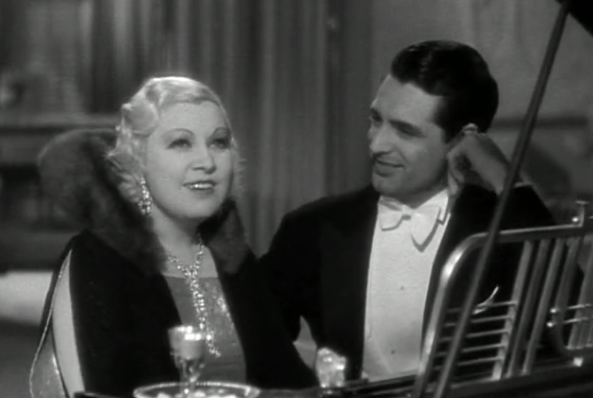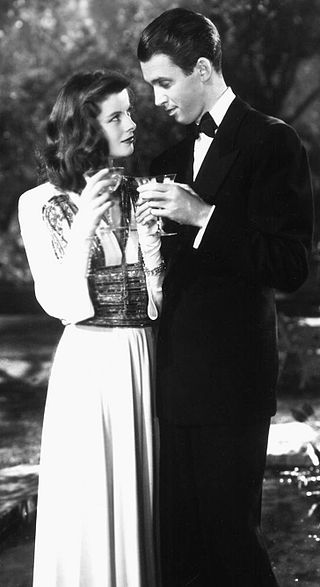The Golden Age of Hollywood witnessed some truly important changes in the movie industry and defined the development of the entire show business in the upcoming decades. It was during this period that the Studio System was established, color and talking movies were introduced, Oscars ceremony occurred for the first time and Hollywood became the center of America’s movie industry.
But apart from witnessing all these great milestones, the Golden Age of Hollywood also introduced something that still remains to be a symbol of this exact era – the distinct and strange accent used by Hollywood’s Golden Age actors, called the Transatlantic or Mid-Atlantic accent.
If you’ve ever watched a black-and-white movie from Hollywood’s Golden Age, you have probably noticed that “old-timey” way of speaking. Actors from Hollywood’s Golden Age, such as Cary Grant and Katharine Hepburn, speak with a unique accent that doesn’t sound like it comes from any particular region. The question that arises is why do all those actors from Hollywood’s Golden Age have such a distinct and strange accent?
YouTube page BrainStuff has a short video that explains why the people in old movies might have that unique accent. It’s called the Transatlantic or Mid-Atlantic accent and is not quite American and not quite British.

BrainStuff explains that the plummy, upper-crust accent is reminiscent of British aristocracy and was actually the style of speaking taught to students in New England boarding schools. It is a mix of British and American that rich people acquired so that poor people would know they were rich. The name “Mid-Atlantic” actually refers to the area directly between Los Angeles and the U.K., symbolizing the influence of both countries.
Some typical characteristics of the accent are the dropping of r’s at the end of words, like “winner” or “clear,” and the soft pronunciation of vowel sounds, “dahnce” instead of “dance”, for instance.
‘T’ sounds are also enunciated and Mid-Atlantic speakers will hit that T so that a word like ‘butter’ does not sound ‘budder,’ as most Americans today would pronounce it.
The codification of the Mid-Atlantic accent in writing, particularly for theatrical training, is often credited to American elocutionist Edith Warman Skinner. Her 1942 book, Speak with Distinction, laid out her idea of “Good Speech” – an accent that is “free from regional characteristics,” “effortlessly articulated and easily understood in the last rows of the theater.” Here’s a quote from Speak With Distinction:
General American is that dialect of North American English most frequently found in the ordinary speech of people who live in the western United States. It does not sound like speech of any particular region, yet it sounds distinctly contemporary and distinctively American; an equivalent term currently in use is “Western Standard.” General American is acceptable to all American listeners.
Good Speech is hard to define but easy to recognize when we hear it. Good Speech is a dialect of North American English that is free from regional characteristics; recognizably North American, yet suitable for classic texts; effortlessly articulated and easily understood in the last rows of a theater.
BrainStuff explains that according to Professor Jay O’Berski, this nasally, clipped pronunciation is a vestige from the early days of radio. Receivers had very little bass technology at the time, and it was very difficult – if not impossible – to hear bass tones on your home device.

So why don’t we hear the Mid-Atlantic accent anymore? According to linguist William Labov, the Mid-Atlantic speech fell out of favor after World War II, as fewer teachers continued teaching the pronunciation to their students.
Here is another Hollywood story from us: Here are the top Ten Hollywood Heartthrobs of the 1940s
Now, the accent is pretty much reserved for comedic moments involving stuffy, rich characters.
